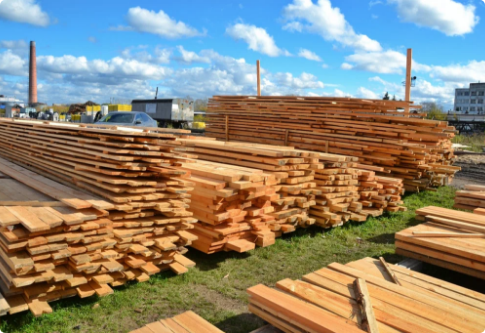As International trade has increased over the years, so has the spread of pests associated with wood products. Infestations of foreign insects, blights, and other organisms have destroyed timber resources in this country and others. Our native chestnut and its relatives are essentially gone, and elm populations have also been devastated by imported killers. Currently, ash trees and other hardwoods in some US states are being destroyed by beetles from other parts of the world, and millions of dollars are being spent to eradicate these foreign threats.
Similar destructive agents are hurting the native species in many other nations. Sterilization of wood products which enter international trade is the best-known way to prevent the spread of many of these destructive hitchhikers. Heat treating is the most economical method of sterilization for most wood products. An International heat-treating standard has been agreed upon by most nations involved in trade with other countries.
How do heat treating programs work?
Producers who wish to participate in the programs enter a contract with an agency like Lee Global which has been accredited by the American Lumber Standard Committee (ALSC). The ALSC monitors agency and producer activities to make sure heat-treated material is produced in accordance with the International Plant Protection Convention (IPPC) Guidelines For Regulating Wood Packaging Material In International Trade.
Each agency is responsible for making sure all producers under contract meet the same IPPC and ALSC requirements. Each producer is responsible for making sure that every unit of product meets these standards and is then permitted to use the official agency stamp which indicates compliance of the material marked. The agency is required to inspect the facility and records of each producer at least 12 times per year, and an ALSC representative may visit the producer and/or the agency at any time to determine ongoing compliance with the standards and other requirements.

